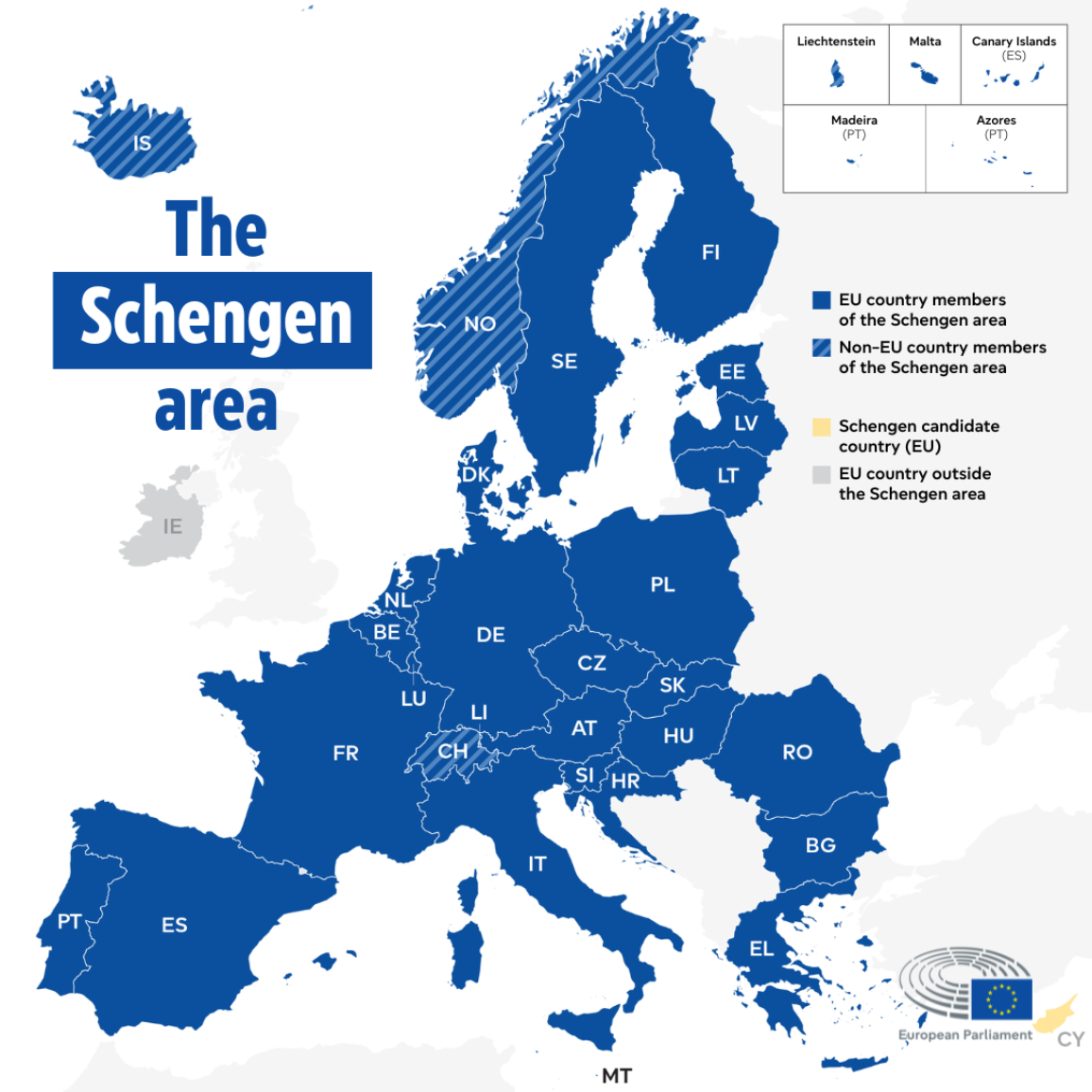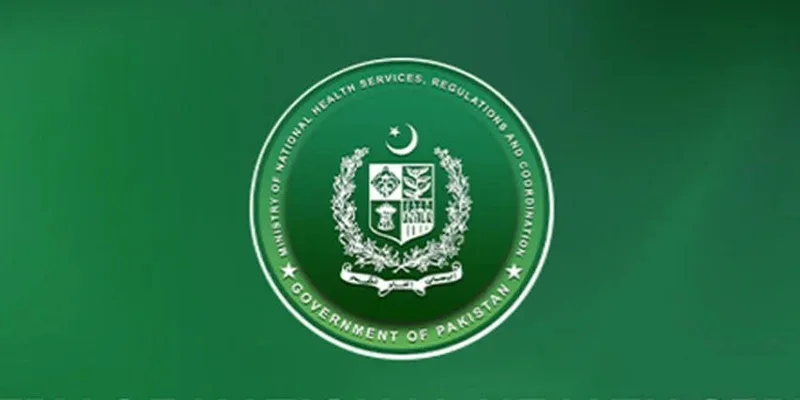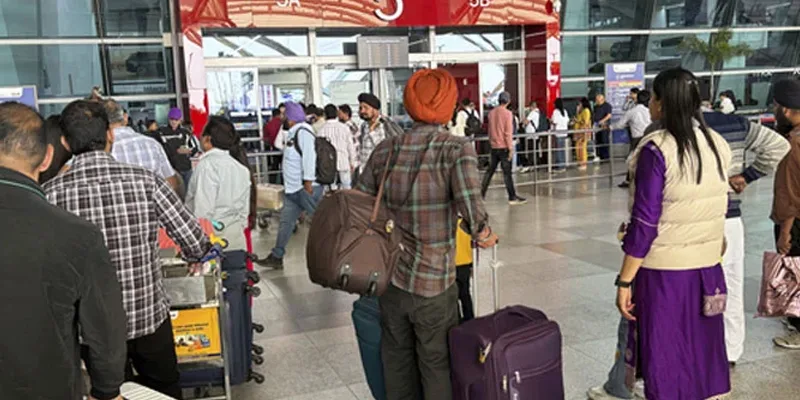
In a shift that’s redefining movement across Europe, ten Schengen countries have reinstated internal border controls in 2025, citing a mix of national security concerns, irregular migration, and the need to safeguard major events. What once were short-term exceptions have now evolved into a coordinated effort that’s reshaping how people travel within the Schengen Area.
Though these actions are allowed under Articles 25 and 29 of the Schengen Borders Code, the number of countries involved and the extended timelines have caught many off guard, leading to confusion for travelers, students, cross-border workers, and even residents.
Several key countries have led the way in restoring checks. Germany, for example, reintroduced controls in September 2024, targeting all land borders due to irregular migration and smuggling operations. These checks are now extended at least through mid-September 2025 and affect borders with Poland, Czechia, Austria, France, Switzerland, Denmark, the Netherlands, Belgium, and Luxembourg.
France implemented similar measures from November 2024, citing terrorism risks and the need for added security after high-profile events like the Olympics. Those checks are scheduled to run until April 30, 2025, with the possibility of renewal.
The Netherlands joined in December 2024, launching a six-month period of border controls due to increased migration pressures. Austria, Italy, and Slovenia have also followed suit, primarily responding to ongoing challenges along migration routes from Southeast Europe.
In Northern Europe, Denmark, Sweden, and Norway are maintaining controls in response to security threats and border pressures. Even Bulgaria, which partially joined the Schengen Zone in January 2025, has put selective internal checks in place.
For travelers, this means the seamless Schengen travel experience is being interrupted in certain regions. Border agents can now legally perform checks—even on intra-Schengen routes. Anyone planning to cross into or travel through these countries should be ready for possible inspections and delays.
Travelers are advised to carry a valid passport or national ID, even if they are EU/EEA citizens. For those from outside the bloc, having all necessary documents on hand—including a valid visa, proof of accommodation, and return travel—is essential. Delays at land crossings and train routes may range from 30 to 60 minutes, and even flights within the Schengen Area may involve identity checks at departure or arrival points.
Security measures are also heightened around public events, including protests, sports matches, and national holidays. While Schengen visas remain valid, travelers may be asked to clarify their travel plans during inspections.
Beyond tourism, the impact reaches further. Students studying in countries like France should stay updated on re-entry requirements when traveling over weekends. Workers who commute daily across borders may face longer trips, though some local authorities have introduced special passes to ease the process. Migrants and refugees, however, face more intensive screening and a higher risk of being held or sent back.
Even the transport and logistics sector isn’t immune—cargo and freight shipments across EU borders are experiencing increased inspection times, affecting supply chains and delivery schedules.
While these developments don’t signal the end of the Schengen framework, they mark a new phase—one where mobility is increasingly balanced with security priorities. These internal border checks are still classified as temporary, but as they become more routine, they may pave the way for a more hybrid approach to border management in response to rising geopolitical and migration challenges.




















